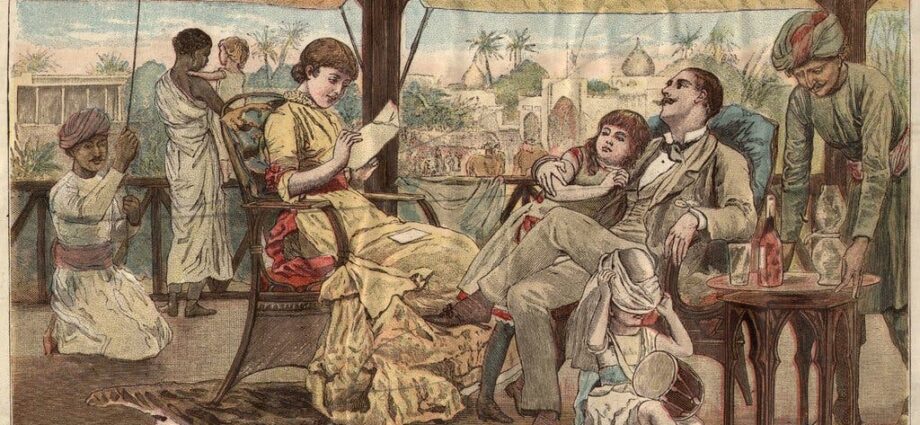THE BRITISH IN INDIA
A Social History of the Raj
By David Gilmour
Illustrated. 618 pp. Farrar, Straus & Giroux. $35.
The United Kingdom’s still-roiling Brexit controversy, with the referendum’s most fervent supporters boasting of an unleashed Britain recapturing imperial-era glory, has tended to leave the messier, bloodier details of colonialism unexamined. From this distance, and with rose-tinted glasses, the British Empire — especially as it extended to India — can be viewed as an example of a selfless commitment to civilizing the world while standing atop it. And yet, as David Gilmour writes of the British mind-set during the imperial heyday, “It was as if the British, at almost every level of society, were proud to have India as their jewel but did not want to spend much time admiring the object: It was just nice to know that it was in the bank and to be able to boast about it.” Even a couple of centuries ago, applying a microscope to British rule in India — let alone learning about Indians themselves — was inevitably a more complex, and fraught, undertaking than most Britons had any wish to engage in.
With “The British in India: A Social History of the Raj,” Gilmour, metaphorical microscope in hand, has written a broad-ranging but precise and intimate examination of the British men and women who served and lived on the subcontinent. A historian of Italy and Britain, a biographer of Kipling and the onetime viceroy of India, Lord Curzon, as well as a prolific essayist, he is ideally suited to the task. But this is not a book about the evils of colonialism; the devil is not in these details. What interests him, in this book at least, are not the larger questions of politics, or economics, or the global position of Britain — all of them factors that helped determine the country’s imperial stance — but instead the often gritty, colorfully distinct stories that constituted the individual British experience. He is also fascinated by the social relations among and within classes, and how mores changed over a vast era that ended with independence, partition and the birth of Pakistan in 1947. It is a finely wrought history of the British in India that does not really examine what the British did to India — or to Indians.
Source: https://www.nytimes.com/2018/12/28/books/review/david-gilmour-the-british-in-india.html
![]()
- All you wanted to know about the Vishu festival - April 15, 2022
- Our Unsung Heroes (Part-6) – Chattarpati Sambhaji Maharaj - January 1, 2022
- Indian Navy to test Rafale-M jet for INS Vikrant - January 1, 2022

